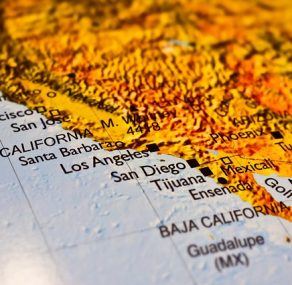Public Pensions in California are Worse Than Initially Anticipated

The California Public Employees Retirement System (CalPERS), which is also the country’s biggest pension trust fund, fully benefited from the ease in which in capital investment and stock profits rose for the fiscal year of 2017, and through most of 2018 as well.
For local government and state employees, the space between a pensioner’s future liabilities and their assets narrowed quite a bit with these healthy earnings. But this prosperity was not to last. And because of a new method of calculating liabilities, CalPERS may soon find that these yields have not only regressed but might soon be in the red.
For most of its existence, through the 90s and 00s, CalPERS had never encountered any trouble. In fact, it had been so successful that state officials voted to retroactively boost pension benefits. Times were good.
This changed during the Recession of 2008. A $100 billion hit was what CalPERS alone lost. To this day, most have not recovered in full.
The total liability for CalPERS rose a shocking amount – 76 percent – between 2007 and 2016. To put that in terms of dollars, that is an increase from $248 billion to $436 billion. CalPERS unfunded liabilities also steeply rose, when, in addition, the aforementioned numbers, assets went up by only 19 percent, a relatively meager dollar jump from $251 billion to $298 billion.
Mandatory contributions from local governments and the increase in earnings managed to raise the CalPERS fund to 70 percent, but that was still well below the 100 percent it had stood at for so long. And figures now indicate that that that number is dropping once again.\
A precipitous drop in the stock market in the latter half of 2018 decreased the CalPERS fund down below 67 percent, with CalPERS officials informing the board that the fund lost 3.9 percent throughout the year.
This means, the state has only two-thirds of the money it needs to cover pension promises, which in itself might be an optimistic reading. The Federal Bureau of Economic Analysis, doubled its calculated number of unfunded local and state pension liability to $4.1 trillion using a new method of called “projected benefit obligation.” The purpose of this method is to line up liabilities and assets with how the government figures out the value of its own workers’ pensions. This would follow the government’s own standards of accounting.
The $179 billion unfunded liability that is the current amount for CalPERS, would be closer to $360 billion were the “project benefit obligation” method go into effect. On paper, this would read bankrupt.
Head of the Govern for California, David Crane, had tried to get CalPERS to use the methods we just laid out by the Federal Reserve while serving on the California State Teachers Retirement System board, under Gov. Arnold Schwarzenegger. All of this, to no avail.
While Crane may now be having the last laugh, The Federal Reserve’s accounting system taking effect also illustrates the current crisis California faces when it comes to public pensions. And although it appears to be dire already, data indicates that things are going to get much worse before they get better.






